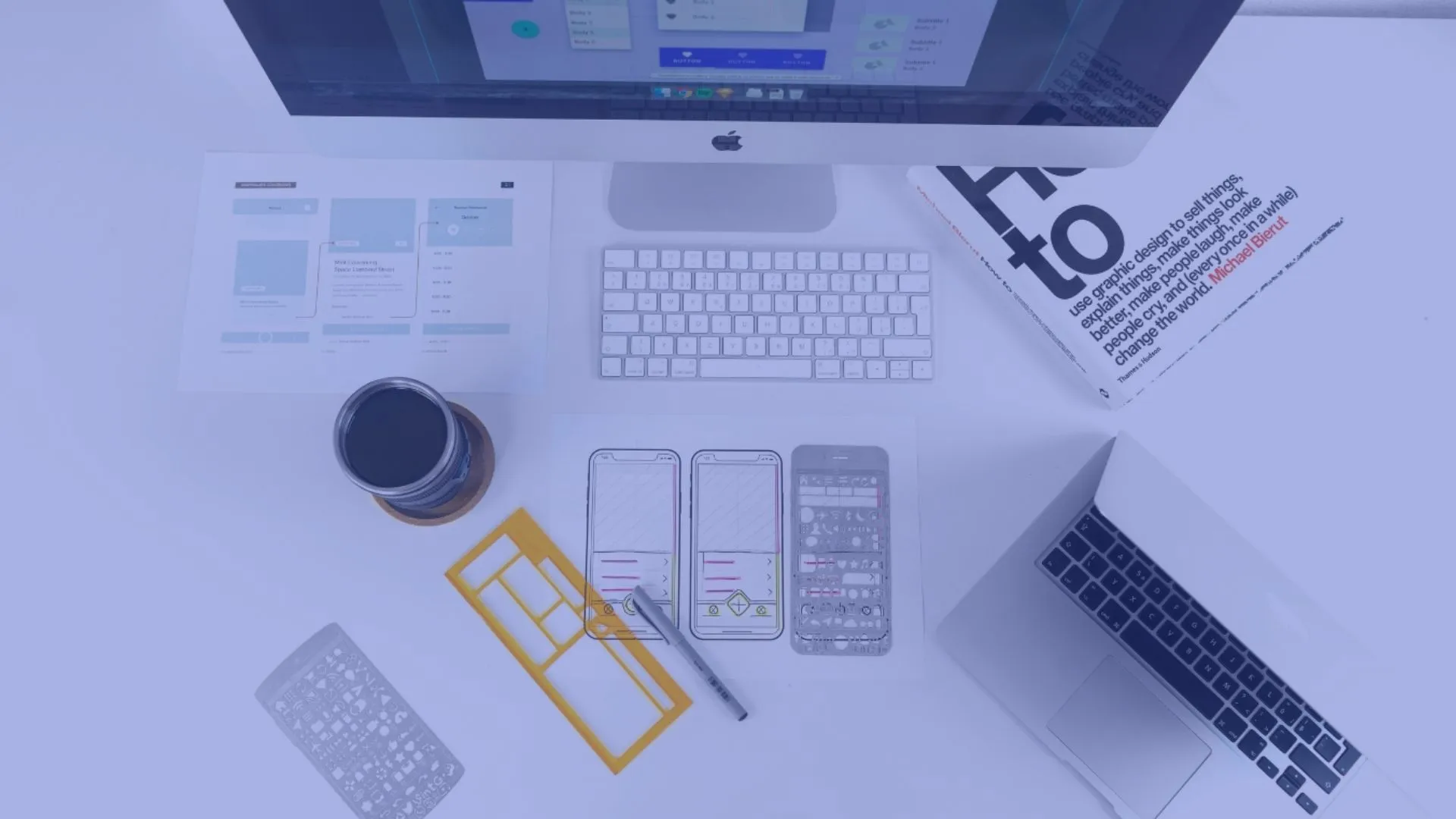5 psychological tricks used in UX and UI

11
min video //
min read //
May 25, 2022
Tech careers
UX/UI
UX/UI taps into well-known psychological patterns to design apps and products that are intuitive, simple, and effective for their users. Wherever possible, designers seek to tap into existing ways of thinking and acting rather than trying to change a pattern or habit. After all, "don’t fix what ain't broken."
So which hardwired patterns are UX and UI designers tapping into?
Isolation effect
In 1933, German psychologist Hedwig von Restorff documented a study where presented with a list of similar items, participants would remember the dissimilar one. Participants recalled the things that captured their attention better than those that did not.
How does the isolation effect work in UX and UI design?
The isolation effect, otherwise known as the Von Restorff effect, is used all of the time. Designers highlight important information by making it look different from other pieces of information on the page. Designers do this by using contrasting colors, different typography, adding additional design elements to the text, or adding motion assets.
UI designers love using the isolation effect to give variety to their designs and page layouts.

You can see an example of the isolation effect on Moz's pricing page. By giving a border and differentiating one pricing package, you can tell that this is the package they'd like you to purchase the most.
Mirroring
People are inherently social creatures, and we love to imitate the people around us to form better connections. To be more socially accepted by the people around us, we'll mirror their emotions and mannerisms. You'll probably smile back if someone smiles at you from across the street— that’s mirroring.
How does mirroring work in UX and UI design?
UX and UI designers are very intuned to this principle and often use photography, animations, or illustrations of people (or anthropomorphized animals or characters) to suggest a mood or action for the user at that moment.
Some apps, like Duolingo, use characters like their owl to invoke emotional mirroring (and trigger an intense guilt trip).

UI designers may use images and graphics in their designs to evoke emotions. UX designers will strategize the points at which specific emotions and actions need to be triggered with mirroring.
Social proof
When investigating new things, people often look to their networks of friends and family for suggestions and recommendations. This is because we trust them!
How does social proof work in UX and UI design?
You’ve probably seen testimonials from customers raving about the product or service on websites and apps. Without a direct connection, these testimonials serve as referrals and tap into social proof. Additionally, you might see things like “People who bought this, also bought…” or “Customer favorite/customer picks” headings over recommended products.
The closer the connection and the more a website or app can get you to see yourself in the recommendation (the recommender acts, looks, sounds like you), the stronger the pull of the social proof.
UX designers love unearthing positive reviews from customers and showcasing them at critical moments in their users’ experience.

Headspace uses stories that potential users can connect with, tapping into social proof.
Peak end rule
Also known as the serial positioning effect, the ‘peak end rule’ reveals that people are most likely to remember the first thing and the last thing in a list, sentence, or piece of content. That means that users forget much of what is said or written outside of those bookends.
How does the peak end rule work in UX and UI design?
Both UX and UI designers will always look to front-load and back-load the most important pieces of content or action points.
Do you want to make sure that your audience remembers a key piece of information? Or do you want to make sure someone clicks on a button? Either place it at the start or the end of the page.

The Talabat website puts its search function at its page's very start. The intention here is to push you to discover restaurants in your area first, making sure that you have the discovery experience that will wow you or satisfies your hunger.
Hick's law
Two British psychologists conducted a study in the 1950s that exposed participants to various stimuli— or things that would engage them and get them thinking. They found that participants exposed to more stimuli reacted much slower than those exposed to fewer stimuli.
Hicks law says that the more choices people have, the harder it becomes for them to make a decision. People must consider every option and work harder to get to— likely— the same outcome.
How does Hick's law work in UX and UI design?
Simply put, UX/UI designers don't want to give users too many options so that users can process more information and make decisions faster.
UI designers will highlight the most critical information or appropriate option. UX designers will break complex items or choices into smaller, more digestible sections.
Tapping into the human mind
There are lots of ways that UX and UI designers can tap into well-known human patterns to create compelling websites and apps. Many designers seek to understand human behavior and empathize with their users to create easy and enjoyable experiences.
If you've always been intrigued by psychology and are curious about how the brain works, UX/UI design could be a career for you!
Do you want to see if you have a few natural qualities that could make you an excellent fit for UX/UI? Take the quiz here! Or Learn more about careers in UX/UI here
Table of content






.svg)
.svg)



.webp)





.svg)